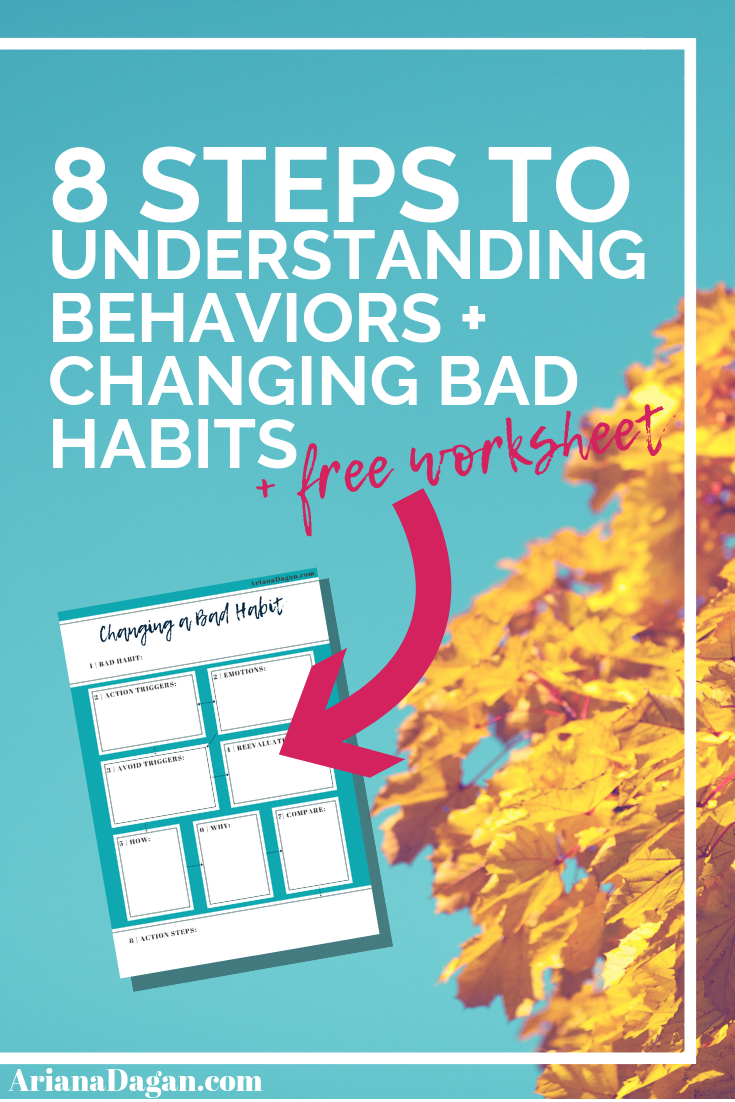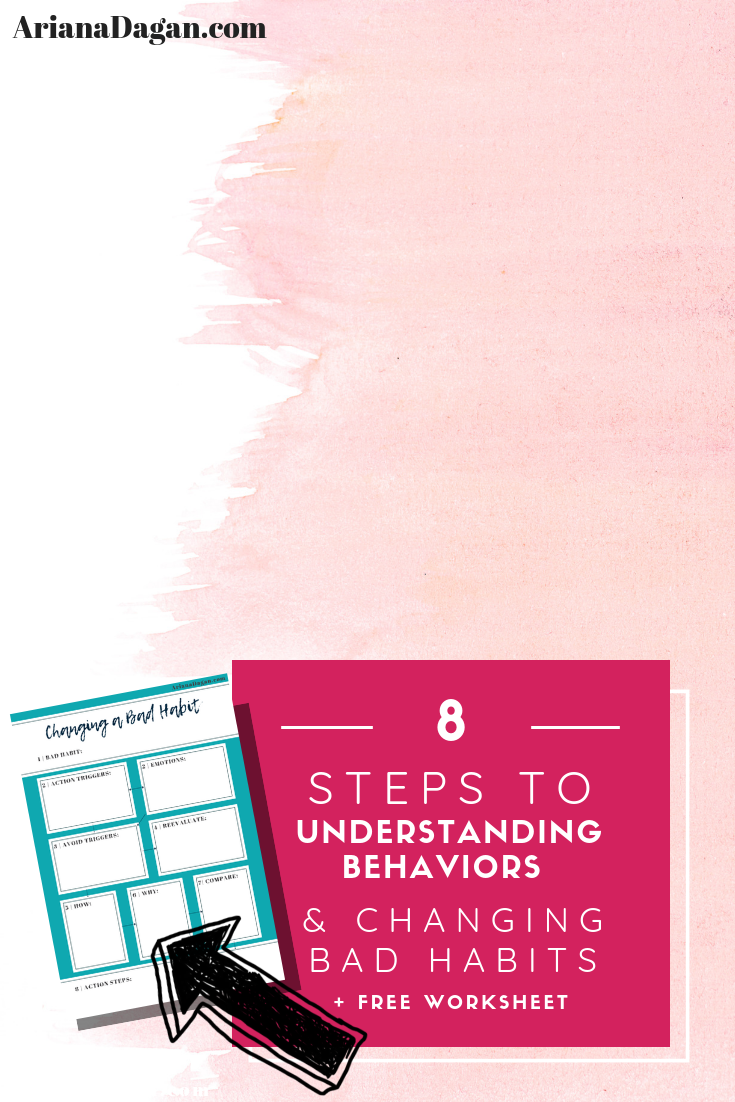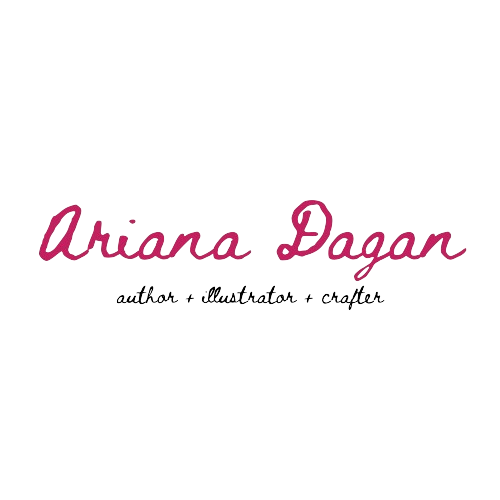This post may contain affiliate links.

Personally, I think habits get a negative rep. When the word ‘habit’ comes up, people associate it with bad habits like smoking or biting your nails. But even a healthy habit can come with baggage as they assume its just another routine…and routine means monotony and people see monotony as boring, and boring can feel like a chore, and no one likes chores right? Habits and routines don’t necessarily have to be any of those things. In fact, incorporating them into your day can change your life in (positive) ways you would never guess. First of all, it’s about understanding the difference between good and bad habits. It’s not necessarily something I can define for you because my idea of good and bad don’t match up to your personal ideas for good and bad. And that’s okay. But I can help you define a healthy habit for yourself, and ultimately assist in breaking habits you don’t want anymore!
But defining a healthy habit vs bad habit is less about WHAT it is, but more about WHY you do it. Is it something you do because you physically/mentally/emotionally HAVE to do it? Or do you choose to do it? Generally, a habit will be something you are addicted to, you do impulsively because you feel (in one way or another) that you have no other choice.
[RELATED: Lifestyle Printables]
Habits can be both good and bad, and here’s why defining is so hard, for example, a healthy habit can be working out – but it can turn negative when you become addicted and can’t stop working out. But a negative habit doesn’t have to be one you are addicted to either. For example, maybe biting your nails is a bad habit. You don’t do daily, in fact, your nails are often long. But its habit you fall back on when you are emotionally vulnerable, so it becomes a reactionary habit. The importance of both factors is WHY you are doing it.
So how do you go about breaking habits? Below are 8 steps to redefine your mindset, therefore breaking habits. Let’s get started! First, click the graphic to download your free worksheet so you can follow along.
8 Steps to Creating a Healthy Habit in Place of Bad Habits
1 | You need to understand what you’re changing. Take some time to choose one habit (yes I recommend only trying to change one bad habit at a time), that is negatively affecting your life. Consider physical, mental and emotional habits. It could be excessive working out or biting your nails, putting yourself down or ‘poor-mans’ mentality, holding a grudge or anger – what is affecting you every day in a negative way? Again, don’t automatically assume a habit is either negative or positive, instead consider how it is affecting your life before you define it.
2 | Now we need to better understand WHY this is happening. List some triggers for this habit. Do you start biting your nails when you get stressed? Do you overeat when you’re sad? List out some general emotions you feel when the impulse to do [insert your habit here] hits. In then try to dig deeper into that emotion. What action occurred to make you feel that emotion? It’s okay if you switch and write the action first and the emotion second – whichever method works better for you!
3 | Time to shift your mindset! The next step is to brainstorm how can we avoid this action trigger and the accompanying emotion. If you feel it every time you talk to Sally Sue, how can you avoid talking to her? If you do [insert your habit here] every time you drive to work (dreading the work part), can you look for another job? Brainstorm as many ideas as you can. Not everyone has to be a winner, sometimes just writing out a ridiculous idea is freeing in and of itself.
4 | Time to reevaluate. You’ve brainstormed some ideas, maybe some are better than others. Maybe some aren’t realistic, but let’s backtrack for a moment. Are some ridiculous? Are you exploring options to uproot your life? What are the consequences of these ideas? Make some notes about the potential side effects of going through with these ideas. For example, if talking to Sally Sue makes you bite your nails, and you only see Sally Sue at work so one of your ideas is to get a new job….some consequences of this would be having to look for another job, potentially moving, meeting new people, starting over with a new team, manager, and company, etc (explore both positive and negative consequences but again, don’t define either as positive or negative). After you’ve determined some of the major consequences for each idea move on to step 5.
5 | How do you feel about these consequences? Is quitting your dream job to avoid someone make you feel excited? Or does it make you bite your nails? If all of the consequences feel ‘negative’ to you, try going back to step 3 and explore more ideas, maybe grab a friend or significant other, maybe just start googling ideas! If you have some potential ideas, let’s keep going. I’m a proprietor of simpler is better. So start with your simplest idea first. Taking our Sally Sue example: if you always run into her at the water-cooler – then avoiding the water-cooler at all costs is the easiest solution! Now we answer the ‘how’: how can you avoid the water-cooler? List some ideas on how to fix this. Bring a water-bottle? Is there a different water-cooler you can go to? Is there a certain time she goes there that you can avoid?
[RELATED: 12 ways to incorporate relaxation in 5 minutes a day, without opening your wallet
6 | Congrats! You’ve done the easy part. Now we’re going to take one more step backward before putting the new habit in place. We’ve looked at what your habit is, what causes it, what emotions it triggers, we’ve brainstormed ways to avoid the situation entirely and narrowed down to the simplest solution.
Now we need to know WHY. Why does this situation trigger that emotion to trigger that reaction. Is it Sally Sue’s voice? Is it her conversation topics? Is it the way she carries herself? Is it that she got the promotion you wanted? Take a bit to really consider the situation. Picture yourself having a conversation with her and try to take note of what’s happening. Write down anything and everything. There is no perfect answer here, it’s entirely for you.
7 | Compare the ‘WHY’ you’ve just written in step 6, to the ‘HOW’ in step 5. Does step 5 seem ridiculous when you compare the situation? Is there an easier solution? Does the solution start with you instead of the person/place/thing you thought was creating the problem? Let me stress this: THERE IS NO WRONG ANSWER HERE. If you feel a way about a situation, it’s okay to feel that way. That is your right as a human being.
What I’m trying to get at with this exercise is not to play the blame game, but instead figure out the easiest solution to your problem without just slapping on a band-aid. The problem is, even the smallest problems we tend to put the biggest band-aid we can. For example with Sally Sue: maybe we’re secretly upset she got that promotion so now her voice drives us to bite our nails.
Understanding the cognitive reasoning behind our reactions can help us find the right solution. Instead of uprooting our lives, moving across the country to get away from Sally Sue – perhaps we can sit down and talk to her, ask how she got the promotion and if she has any tips for how you can get one as well. Uprooting our lives may not seem like a band-aid, but that’s exactly what it is. Because at your new job you’ll meet someone just like Sally and the whole situation will repeat itself. By instead just talking to Sally Sue and working towards bettering your work situation, you can break the cycle, and in turn cure the habit of biting your nails around Sally Sue. So make some notes comparing your ideas to the why you’ve brainstormed and reformulate your plan.
8 | Last step! You’ve created a new (or perhaps sticking with the original idea from step 5) idea of how to fix the situation. This is your overarching goal. Create some action plans to get going! Using our example one last time: Your goal might be to work towards a promotion by potentially working with Sally. Your action plan might include reaching out to Sally on Monday at the water-cooler and ask if you can schedule some time to sit down with her. It may also include writing down a list of questions so you can be organized and prepared. And then after meeting with Sally, revise for additional action steps.
I know this was a unique way of breaking a habit, but using a rubber band to avoid biting your nails doesn’t fix the WHY you are biting your nails in the first place! It’s a band-aid and getting to the root of the issue is the only way to cure your bad habits! So good luck! Let me know in the comments what bad habit you are going to reflect on and cure by replacing with a healthy habit!

[RELATED: 17 Ways to Build Your Self-Confidence in 5 Minutes a Day!]









That is so true and I think not figuring out why I do the things I do and make a change that way is the reason why I can’t stop doing certain things. Definitely going to think about that more!
This is the perfect time of year for a new beginning and a refresh on bad habits. Thanks for sharing such an awesome work sheet.
I love this! It’s so easy to say you’re going to stop doing something, but a lot of the time it’s so hard to actually stop. These steps help you evaluate why and how to successfully break the habit. It’s puts things into perspective and turns a thought into an achievable goal. Thanks for the tips and encouragement!
I’ve always been one of those that associated the word “habit” with something bad or negative, but you’re so right, a habit can also be a good thing (e.g- working out). I need to start making better “habits” in my life! Thank you for sharing it with us in the Homestead Blog Hop!
-Cherelle
[…] [RELATED: Understanding Behaviors and How to Break a Bad Habit Worksheet] […]
Well done and great advice plus I love your photos.
Great post!!!
http://www.oliviaschueller.com
[…] [RELATED: Understanding Behaviors and Breaking Bad Habits Worksheet] […]
[…] body is programmed to survive. That is a natural instinct you are born with. These behaviors are why newborns cry when they are born, their brain tells them to open their lungs to breathe […]
[…] imposter thoughts so you control something physical instead such as food or exercise. It can also trigger habits, such as smoking or drinking and lead you down dark […]
Really great, practical steps for changing behavior. Thanks for sharing at the Weekend Blog Hop at My Flagstaff Home. –Jennifer
[…] [RELATED: 8 Steps to Understanding Behaviors and Changing Bad Habits Worksheet] […]
[…] [RELATED: 8 Steps to Understanding Behaviors and Changing Bad Habits Worksheet] […]
Oh this is excellent! It’s so easy to get lost in our habits. I love how easily you’ve set out these steps. I’ll definitely be giving it a go. I think the ‘why’ will be the most difficult for me!
[…] [RELATED: 8 Steps to Understanding Behaviors and Changing Bad Habits worksheet] […]
Love It. Very helpfull
These are great steps to follow. I deal with trying to get people change their habits everyday, and it’s so frustrating because most of my patients are teenagers, and their motivations or “why” is usually their parents’. But maybe using your worksheet with help them see their own “why”. Thank you for all your great posts. I love it.
This is a great post! Such a wonderful reminder!
[…] [RELATED: 8 Steps to Understanding Behaviors and Changing Bad Habits Worksheet] […]
[…] [RELATED: 8 Steps to Understanding Behaviors and Changing Bad Habits Worksheet] […]
[…] [RELATED: 8 Steps to Understanding Behaviors and Changing Bad Habits Worksheet] […]
[…] [RELATED: 8 Steps to Understanding Behaviors and Changing Bad Habits] […]
Knowing your why behind the what is important if we are going to stay focused.
I love these practical and simple steps to help build habits. Following these tips help create lifelong change rather than continuously starting and stopping positive habits.
LOVE THIS! Great advise!
Thank you!
Changing bad habits is tricky, mostly because you need to not only realize that a habit is bad but also be serious about changing things. Thanks for the tips and the worksheet!
I love this! You hit on a some really good points. The “What and why” are so important to figure out. Great job!
[…] talked about confidence and habits a few times now, but its important to understand how they correlate to each other, and their impact […]
Great post. Thank you for the free worksheet. Pinned it as simpleblissfullife.
Great tips and advice #overthemoon@_karendennis
Pinning! You’ve shared some great advice here! It can be hard to change bad habits, but with good advice like this it could definitely be easier. Thank you for sharing with the Hearth and Soul Link Party.
[…] [RELATED: 8 Steps to Understanding Behaviors and Changing Bad Habits] […]
[…] [RELATED: 8 Steps to Understanding Behaviors and Changing Bad Habits + Free Worksheet!] […]
There is some great advice in this post, and thank you so much for sharing the worksheet as well! We all have behaviours and habits we need to work on and I know your post will help so many people. Thank you for sharing, and for being a part of the Hearth and Soul Link Party. Hope you are having a great weekend!
Good advice. Thank you for sharing at Party In Your PJs!
Excellent. Keep it up.